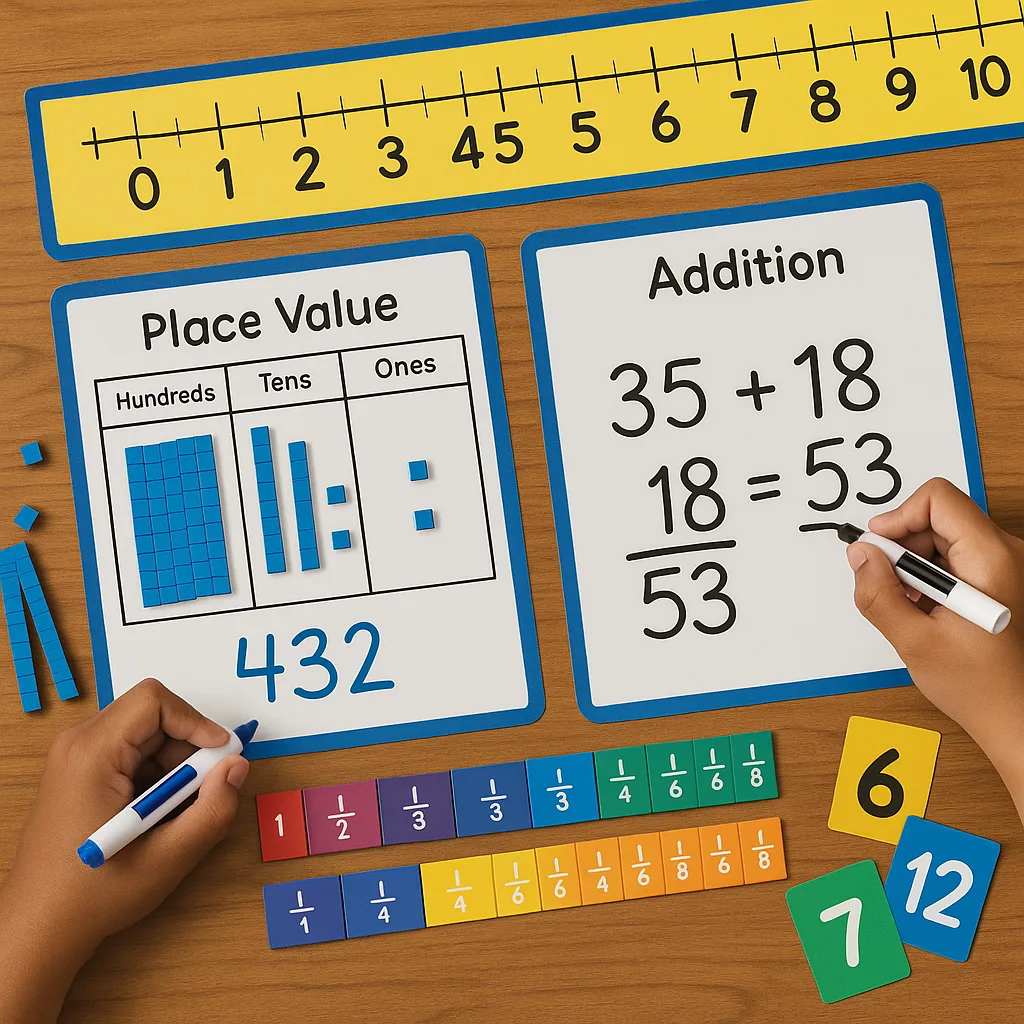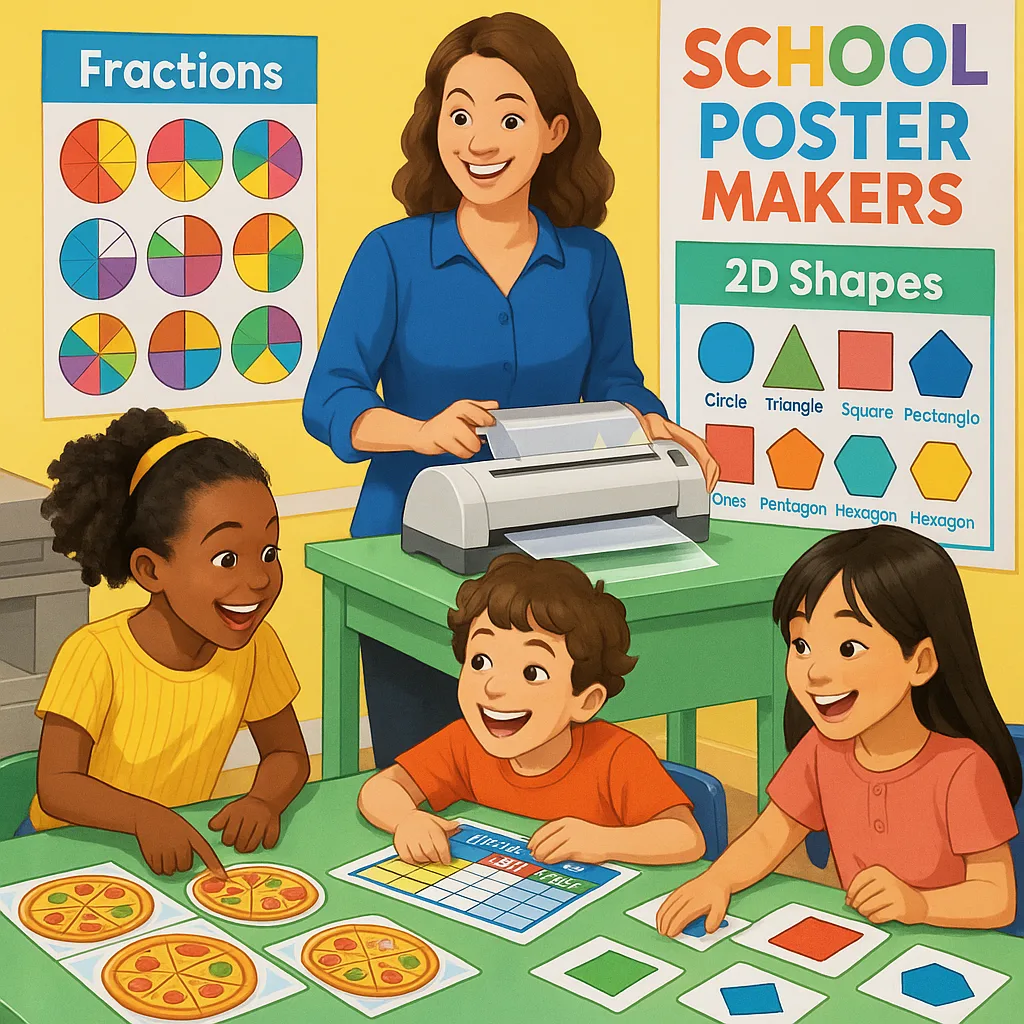Laminating Math Games for Learning Centers
Why Laminated Math Games Transform Learning Centers
After fifteen years in elementary education, I’ve discovered that laminated math games offer incredible advantages over traditional paper-based activities. First, they provide tactile learning experiences that students can manipulate repeatedly. Additionally, the durability factor means you’ll invest time once and reap benefits for years.
Moreover, laminated games encourage collaborative learning naturally. Students handle materials confidently without worrying about tears or damage. Furthermore, the wipeable surface allows for self-checking activities using dry-erase markers, promoting independence and immediate feedback.
The cost savings are substantial too. Instead of printing new worksheets weekly, you create reusable resources that withstand daily use. Subsequently, your paper budget stretches further, allowing investment in quality materials like those from Campus Pro 36 Poster Maker Advanced Package.
Getting Started with the Best Printer for Math Posters
Creating professional-quality math games begins with selecting appropriate equipment. Your banner printing machine plays a crucial role in producing vibrant, clear materials that engage learners. Large-format printers allow you to create oversized game boards, number lines, and visual aids that transform your math centers.
Quality matters significantly when printing materials for lamination. Therefore, consider printers that offer high resolution and color accuracy. Additionally, water-resistant inks ensure your materials maintain their vibrancy even after lamination. The Amplify Poster Maker excels at producing crisp mathematical graphics and diagrams.

The Essential 25 Laminated Math Games
Let me share my collection of tried-and-tested math games that have transformed learning in countless classrooms. Each activity targets specific skills while maintaining high engagement levels.
Place Value Power Games (Games 1-5)
1. Build-a-Number Boards: Create laminated place value charts with removable number cards. Students practice composing and decomposing numbers while developing number sense. Print these on your banner printing machine for group activities.
2. Place Value Flip Books: Design flip cards showing different representations of numbers. Students match standard form, expanded form, and word form. Subsequently, they self-check using answer keys on the back.
3. Base-Ten Trading Post: Laminate trading mats where students exchange ones for tens and tens for hundreds. This kinesthetic activity reinforces regrouping concepts effectively.
4. Mystery Number Detectives: Create clue cards with place value hints. Students use dry-erase markers on laminated hundred charts to identify mystery numbers.
5. Roll and Build: Dice games where students roll to create multi-digit numbers. They record on laminated sheets, comparing values and ordering numbers.
Operations Practice Games (Games 11-15)
11. Math Fact Bingo: Customizable bingo boards focusing on specific fact families. The laminated format allows different number combinations each round.
12. Target Number Challenge: Students use operation cards to reach target numbers. This open-ended game develops strategic thinking and mental math skills.
13. Array City: Building multiplication concepts through visual arrays. Laminated city grids help students create and identify multiplication patterns.
14. Division Sorting Station: Dividend cards sorted into divisor categories. Self-checking promotes independent practice during center rotations.
15. Operation Obstacle Course: Floor-sized laminated path with operation challenges. Students solve problems to advance, combining movement with learning.
Geometry and Measurement Games (Games 16-20)
16. Shape Detective: Attribute cards describing geometric properties. Students identify mystery shapes using deductive reasoning skills.
17. Perimeter Pathways: Laminated grid boards for calculating perimeter. Students create different shapes with specified perimeters.
18. Angle Hunters: Protractor practice with laminated angle cards. The Campus Pro Poster Maker Ink produces sharp lines perfect for angle measurement.
19. Area Architects: Design challenges where students create floor plans within area constraints. Laminated graph paper facilitates repeated attempts.
20. Symmetry Studios: Mirror cards and shape halves for exploring line symmetry. Students complete symmetric designs using dry-erase markers.
Benefits of Laminated Math Games
Data and Problem-Solving Games (Games 21-25)
21. Graph Masters: Laminated blank graphs for creating various data displays. Students collect, organize, and represent classroom data repeatedly.
22. Logic Puzzle Grids: Classic logic puzzles adapted for math concepts. The wipeable surface allows multiple solution attempts.
23. Pattern Block Challenges: Design cards showing patterns to recreate. Students develop spatial reasoning through hands-on manipulation.
24. Math Story Boards: Visual problem-solving templates for word problems. Students draw solutions and explain reasoning on laminated boards.
25. Strategy Game Collection: Classic games like Nim and Dots modified for math skill practice. These encourage mathematical thinking beyond computation.
Professional Tips for Long-Lasting Math Games
Creating durable math games requires attention to detail throughout the process. First, select appropriate paper weight—heavier stock withstands lamination better. Additionally, leave borders around printed materials for laminating pouches to seal properly.
Color coding enhances organization and visual appeal. Therefore, assign specific colors to mathematical strands or difficulty levels. Students quickly identify appropriate games during center time. Moreover, consistent color schemes reduce confusion and streamline classroom management.
Laminating temperature matters significantly. Too hot damages ink, while insufficient heat creates bubbles. Test settings with sample prints before laminating final products. Furthermore, allow printed materials to dry completely before laminating, especially when using a banner printing machine for large-format items.
Differentiation Strategies
Laminated games naturally support differentiated instruction. Create multiple versions targeting various skill levels within each game format. For instance, place value games range from two-digit numbers for beginners to decimals for advanced learners.
Include visual supports for struggling students. Picture cues, number lines, and example problems laminated alongside games provide scaffolding. Conversely, challenge advanced students with extension activities or competitive elements.
Self-pacing becomes possible with laminated materials. Students work independently, checking answers and progressing at comfortable speeds. This autonomy develops confidence while you facilitate small group instruction elsewhere.

